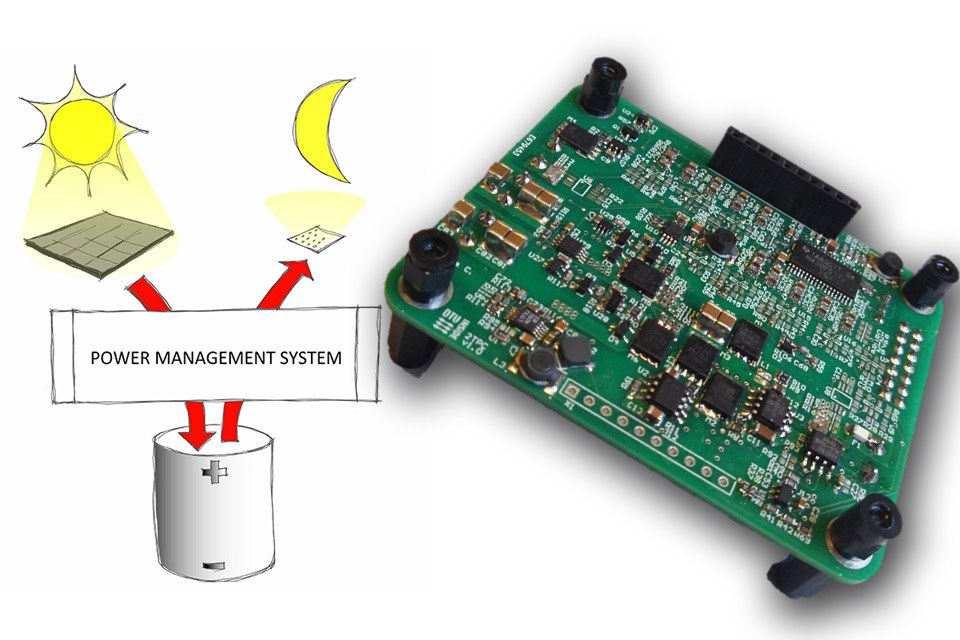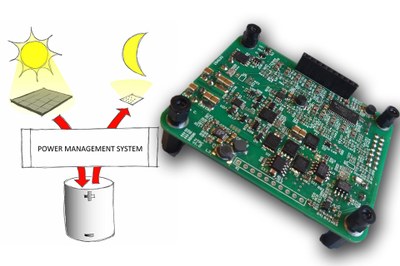Power Conversion Efficiency - Key for Stand-Alone Solar Powered Lighting in Nordic Regions
Stand-alone solar powered lighting solutions are made possible even in the Nordic region through a new, ground-breaking Danish project. An ideal collaboration between scientists from 4 different fields and private companies has succeeded in creating a system and a methodology that makes the impossible possible: Outdoor solar lighting which is not just a decoration.
At first glance, the best approach to make a solar powered outdoor lighting product work at winter in the far North is to go for state-of-the-art components: Photovoltaic panels, batteries and super effective LEDs. However, the heart of the systems is actually what binds these components together: The power supply and the battery management system.
With a very limited amount of PV power input during the short winter days, the energy conversion efficiency and the stand-by power consumption of the management system are crucial factors. In this project, a prototype channeled the power generated in the PV panel to the battery with an extreme efficiency of 98-99%. Most commercial LED power supplies consume 8-15% of the load. Nevertheless, the same prototype discharged a 10-25W output from the battery to the LED with an impressive conversion efficiency of 97.5%.
10W version was prototyped as well. In this case, high efficiencies are even harder to obtain, but even this model produced similar impressive conversion efficiencies.
The results have great potential in actual solutions that are ready for the market. Both prototypes were specified in close cooperation with private companies to enable direct use in real products. Hence, the prototypes were tested in five different outdoor products with LED.
And who says it will stop here? The project generated an advanced design and dimensioning tool that can manage all of the limiting conditions. All parts are highly dependent on temperature conditions in the environment and the PV panels obviously depend on latitude and shading conditions. Hence, all local conditions as well as the dynamical and technical performance figures of potential components can be loaded into the design tool, and an optimized solution can be designed.
This design tool is valuable not only in stand-alone solar systems in the Nordic region but essentially all over the world. Furthermore, the prototyped power managements system can be applied to many other PV-systems, as for instance stand-alone outdoor surveillance and intelligent parking meters.
The project was sponsored by the Danish Energy Agency (EUDP) and was managed by the DTU Fotonik (Technical University of Denmark) in close collaboration with DTU Energy and DTU Elektro. Three different private companies participated (Out-sider, AKJ Inventions and Morten Lyhne).


